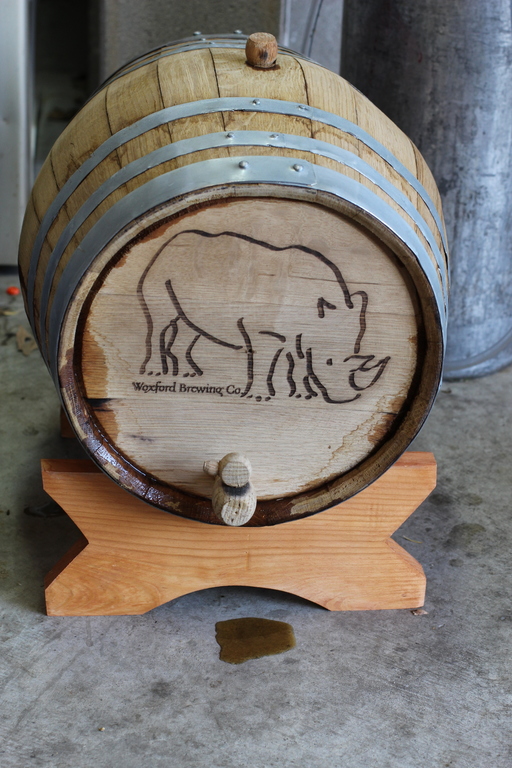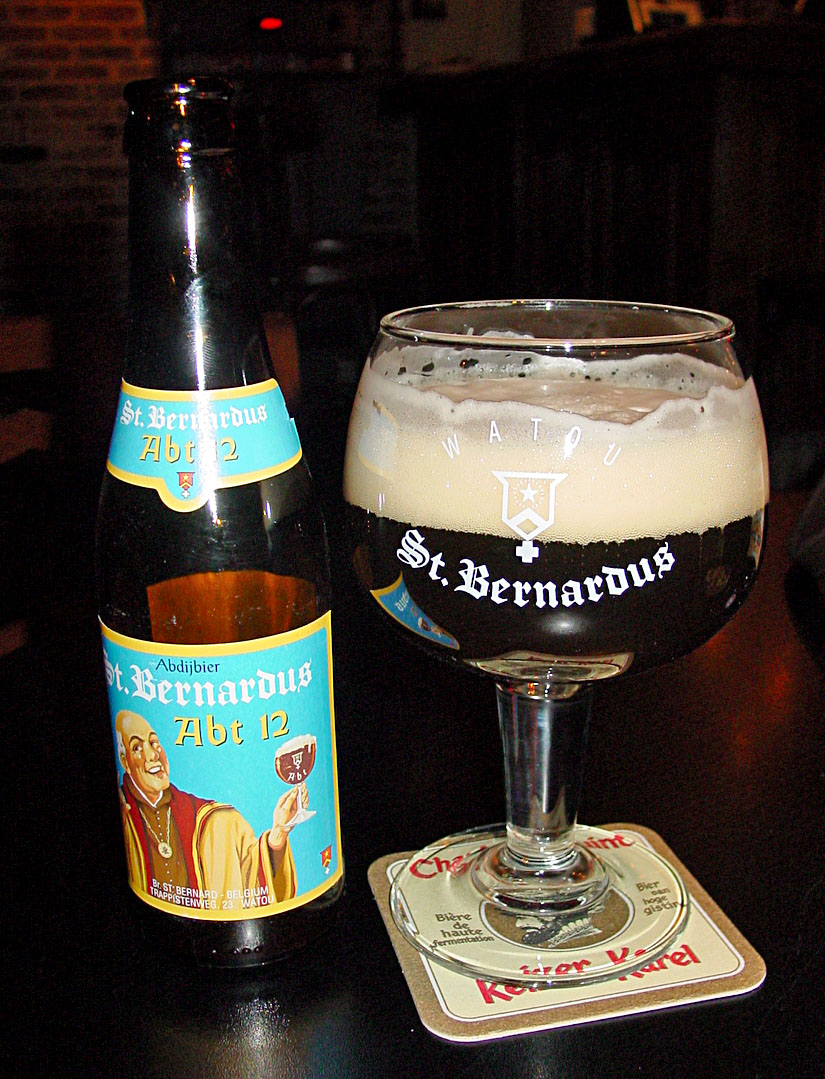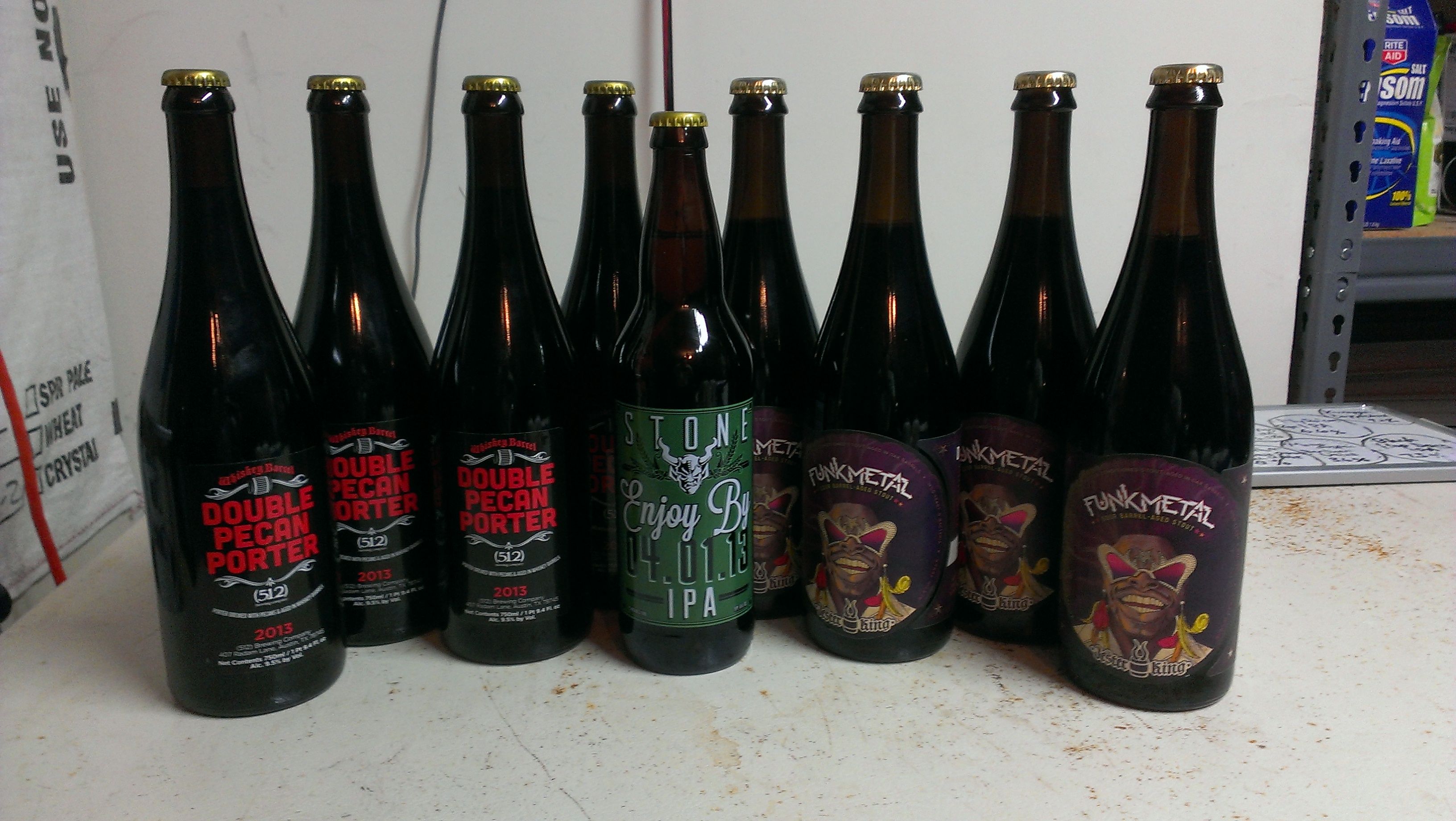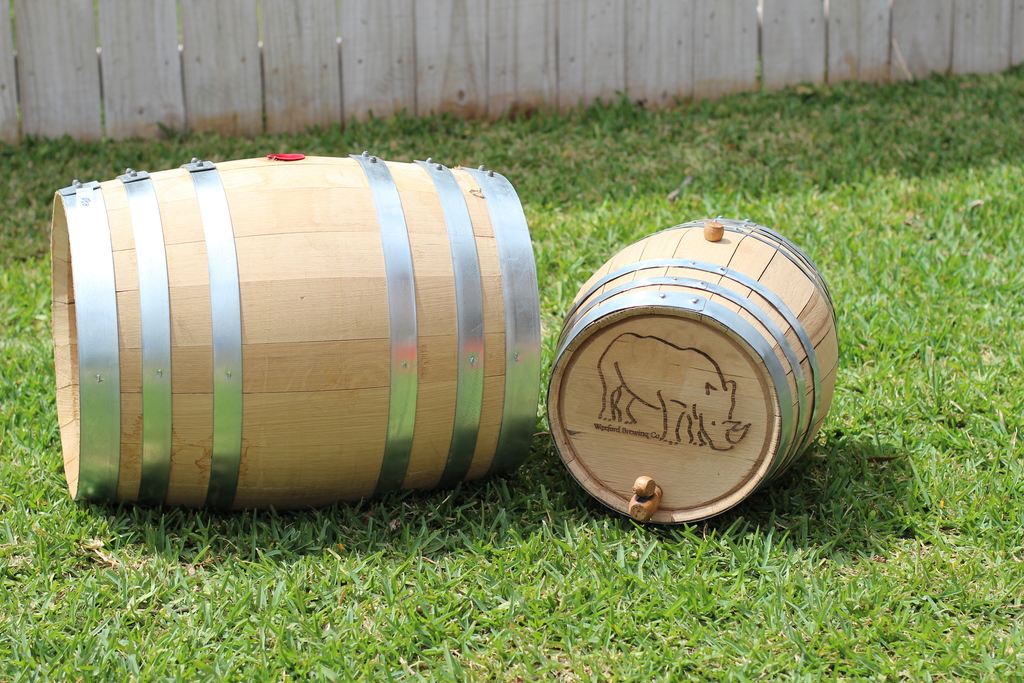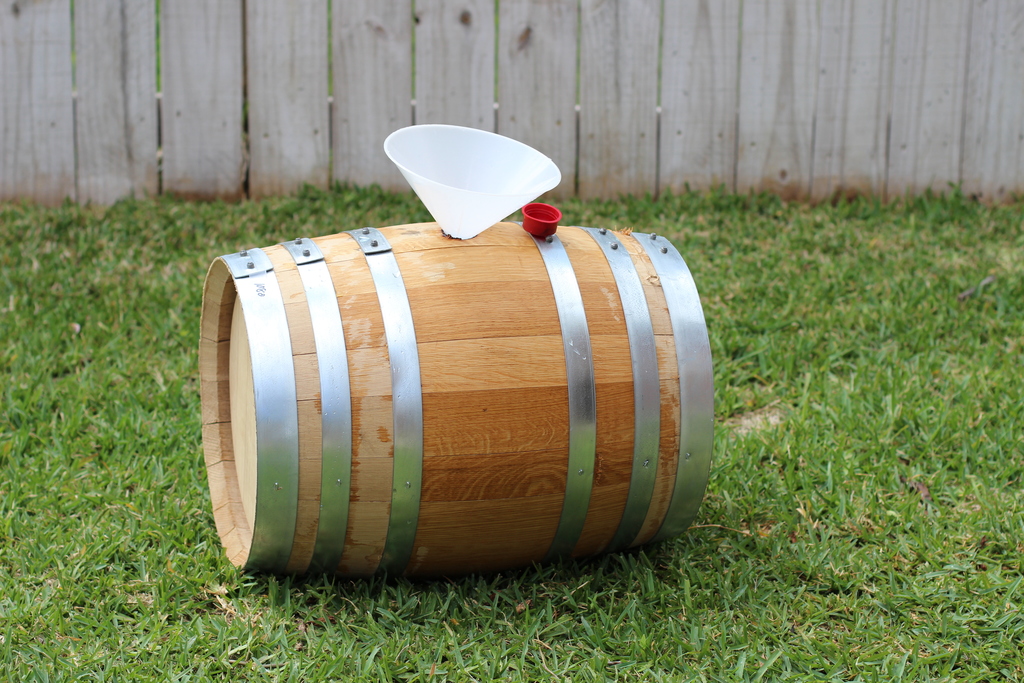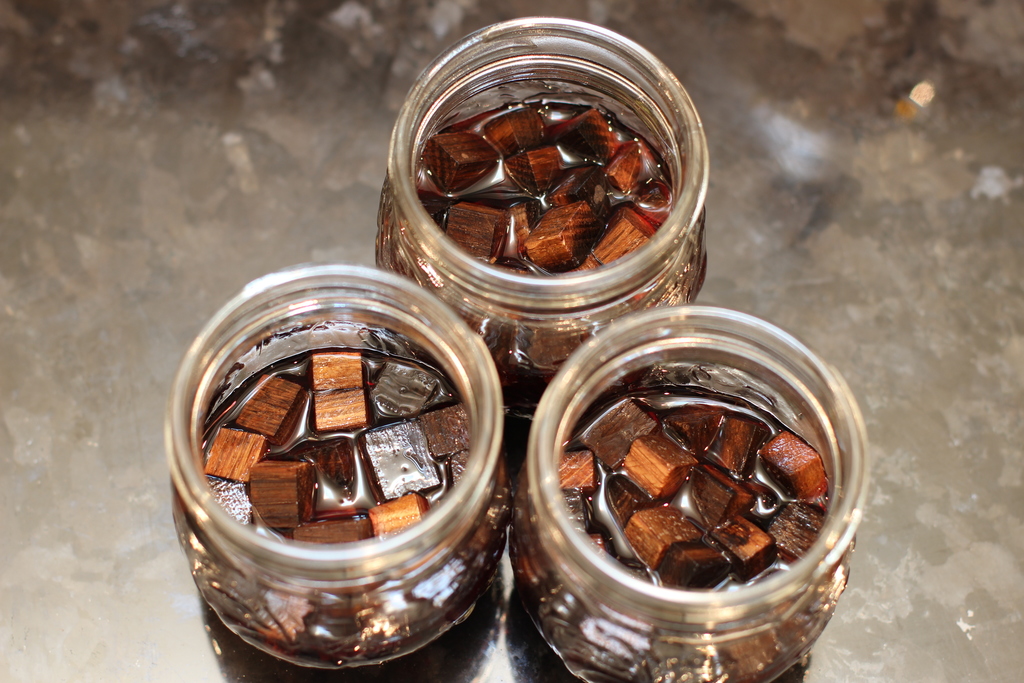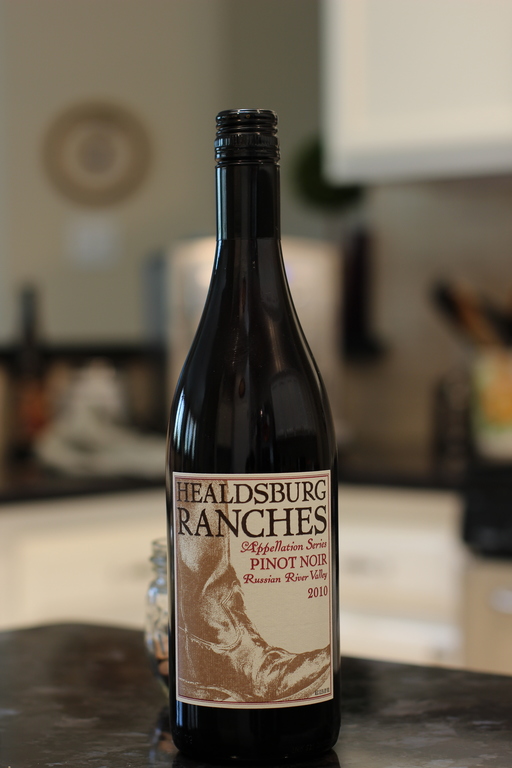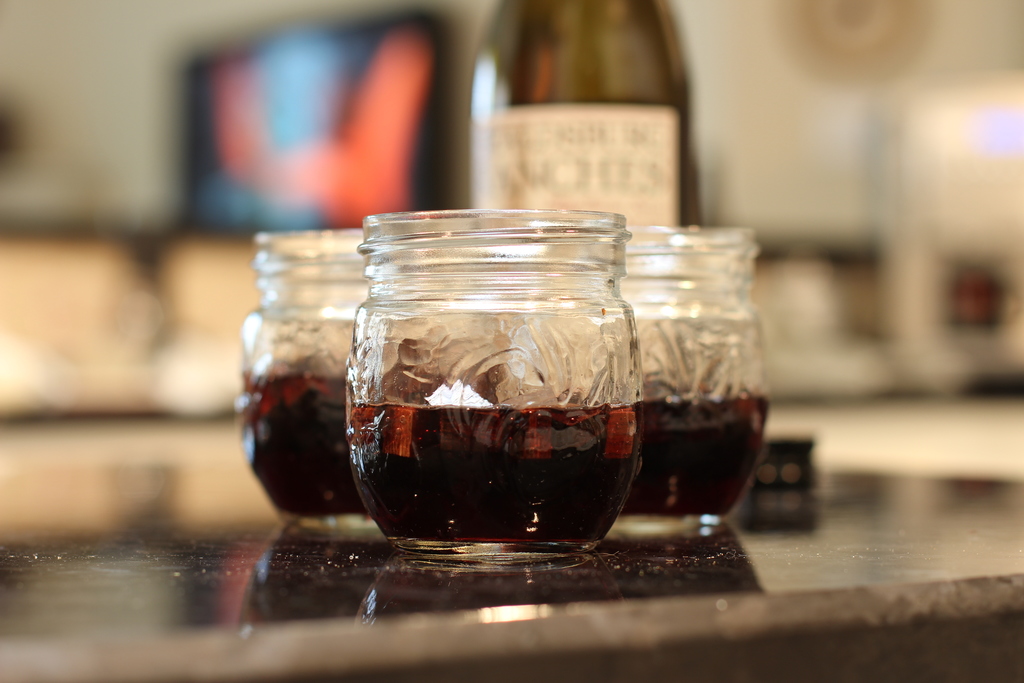Friday night was brewnight for a Belgian Blonde, Sophie Amalie, which was a successful brew, hitting all of the numbers. The beer had a great taste and aroma thanks to a last minute addition of some spices, lemon verbona, lemon peel and lemongrass.
That night we also racked the Jester King Black Metal Stout (BMS) into my 10 Gallon Whiskey barrel that I had prepared. I also needed to rack the 5 gallons of Fancy Lad that wasn’t being soured and had initially planned for a stainless keg. One of my assistant brewers suggested that we use the 5 gallon oak barrel since it needed to be used to pull the strong oak flavor out so we could eventually use it for souring beers.
I was easily convinced though slightly concerned about the barrels’ small leaks. I ended up soaking the new 5 gallon barrel for 5 days and only on the last day did it seem to hold water. Hoping for the best, we went ahead and racked Fancy Lad and BMS into their respective barrels.
Once filled, the next challenge was moving the barrels into the room with the rack for aging. The empty barrels are fairly light; the 5 gallon barrel weighs close to 10 pounds and the 10 gallon barrel closer to 25 pounds. But after adding beer, roughly 8 pounds per gallon, we were lugging 50 and 100+ pound barrels.
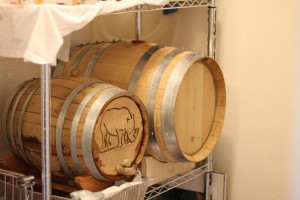
5 gallons of Fancy Lad, leaking a bit around the head. Black Metal Stout on the right, holding perfectly in the 10 Gallon Whiskey Barell
I ended up using a non-fancy metal turkey roasting pan under the 5 gallon barrel to contain the slow leaking mess. This proved less useful than intended. The weight of the barrel stand poked through the tray in a few places so a backup of using old cloth diapers was employed to soak up the beer. I even used a large fan to dry the barrel in an attempt to slow the leak. This helped quite a bit and it’s not leaking much at all.
Days later something new appeared; the slow leak is soaking the outer wood of the barrel and keeping it moist with sugary beer, and the temp is a balmy 75F. This leads to mold forming on the outside of the barrel. Daily cleaning and scraping should prevent any migration of the bugs into the barrel, but only time will tell if that’s true.
Since the 5 gallon barrel is new and beer (Fancy Lad) is light, I plan to leave it in the oak prison only for two weeks. I’ll put up a post on sampling the two barrels next week.

